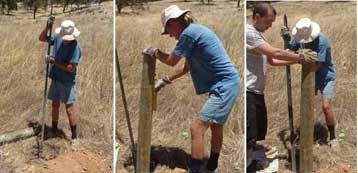
Tools and Equipment for Erecting a Fences and Trellis Systems
During the erection of fences and trellis systems we might use the following tools:
- Spirit-level
- Pickaxe
- Mattocks
- Spade
- Shovel
- Piers
- Rake
- Wire cutters
- Fence strainer and saw.

Most modern agricultural fences are constructed from different types and sizes of steel wire in combination with wooden posts etc.
Reasons for using the following equipment:
| Spirit level: Use a spirit level to ensure that all posts and fences are at a 90-degree angle in relation to the surface area. This will ensure that once the fence is erected it will not fall over to one side due to its own weight. | 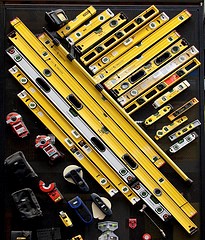 |
| Rake: Use a rake to remove leaves and branches and for levelling the earth around posts after they have been erected. | 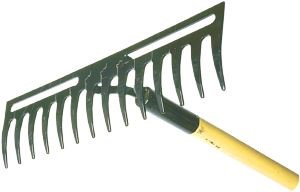 |
| Pickaxe: When erecting posts as part of a fence, hard sediments and underground rocks are found when digging the holes for the posts. A Pickaxe can be used to loosen rock and break up sediments. The earth can then be removed with a shovel. | 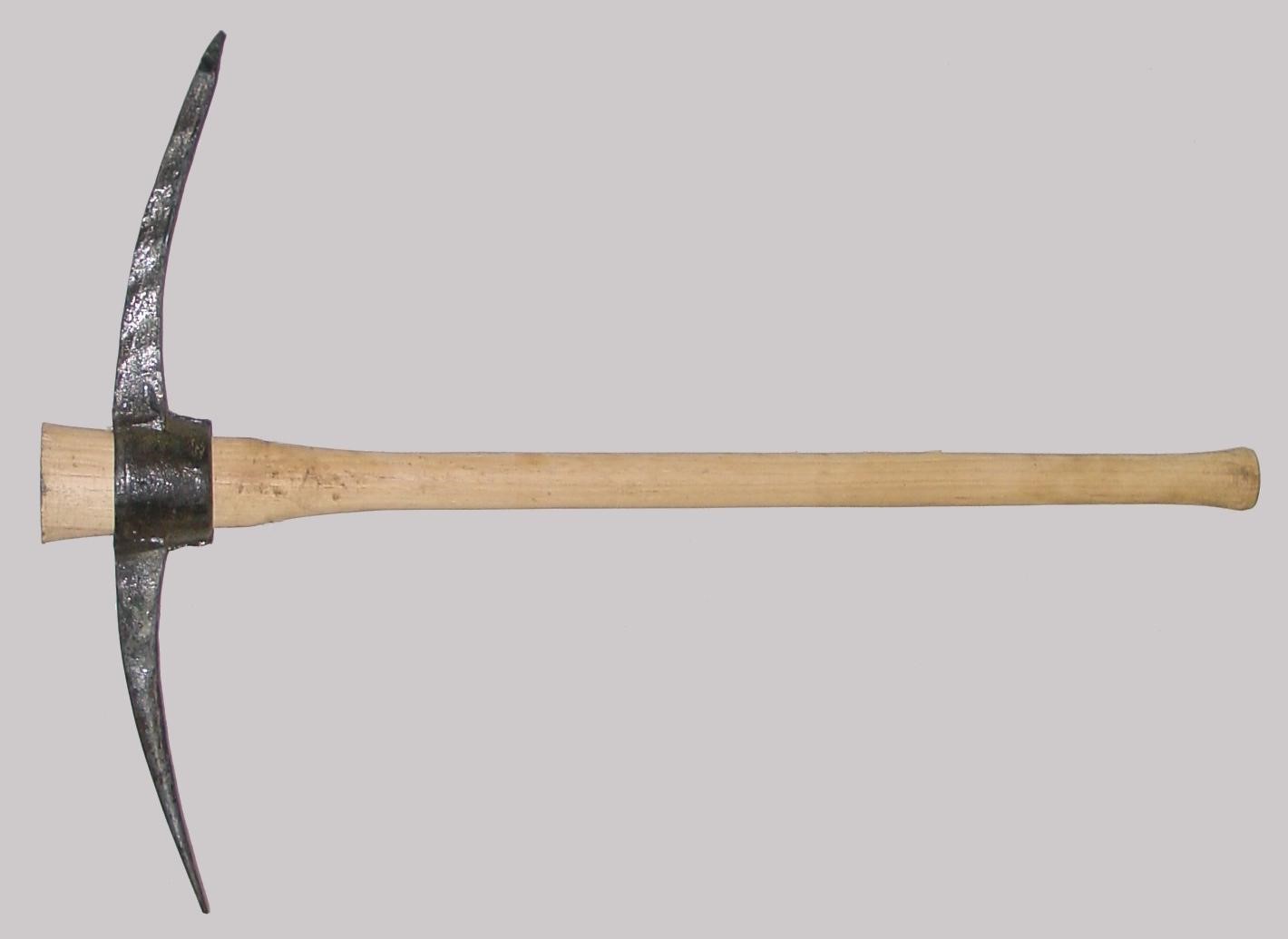 |
| Mattocks: When an area is selected for erecting the fence and it’s covered with shrubs and underground roots a mattock can be used to clear the obstacles. |  |
| Jemmy/Koevoet: This is a heavy, thick, hard steel shaft used to deepen a hole for breaking up rock and is very useful, especially when holes are deep and a pickaxe cannot reach the bottom. |  |
| Spade: When erecting a fence, one must dig holes for the posts to be planted. Spades are used to dig these holes. Workers must take care not to damage spades when digging in hard areas and must first loosen up the earth using a pickaxe. | 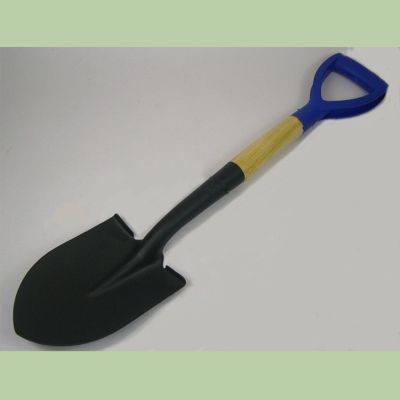 |
| Shovel: Shovels are used to remove earth from holes where posts are being planted | 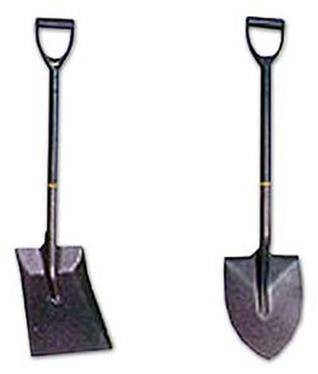 |
| Saw: A saw is used to make shallow notches in the posts at the correct height to keep wires from slipping down the post after the fence has been erected. The wire is winded at least twice around the post in the notch and then fastened. | 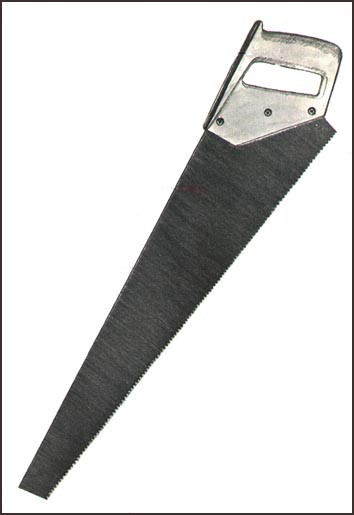 |
| Pliers: These are used for gripping and fastening wires to posts and connecting steel, wooden or rubber droppers/spars vertical to the wires to give strength and stability to the fence. The shape of the pliers depends on their use. When connecting steel or galvanized wire to a post use pliers with a square front that can properly grip the wire. | 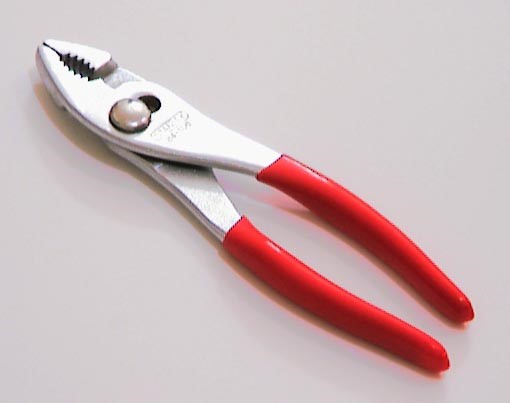 |
| Fence-strainer: There are different types of wire strainers found in the market today. This tool is used to tighten wires within a wire fence by using lever action. Operators must take necessary precautions and ensure that all fellow workers are at a safe distance because if a strained wire snaps it can cause serious injury or death. | 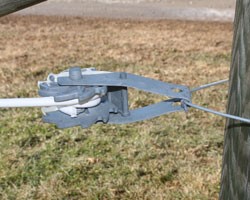 |
| Wire cutters: When erecting a fence, one often uses a wire cutter to cut off the access end of the wire. Most pliers used for fastening wires can also be used for cutting wires. Take care not to use wire cutters for cutting hard steel as this will cause damage to the cutting edge. | 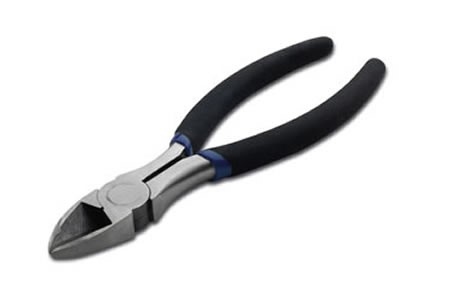 |
Combination of Tools used for Erecting a Fence
Pickaxe, Jemmy/Koevoet, shovel, spade, mattock and rake: The above combination of equipment is used for digging a hole when a fence is erected. The pickaxe, mattock and jemmy/koevoet are used to loosen obstacles like roots, rocks and hard sediments. The shovel and spade are used for deepening the hole and removing loose earth out of the hole. Rakes are used for clearing the site where posts must be planted and for levelling the area around the posts after the posts have been planted.
Pliers, Fence-Strainers, Saws and Wire cutters: When all the posts in a section of the fence have been planted the process of straining must begin. The notches in posts are made with a saw to keep wires from slipping down the posts and ensure the correct spacing in-between wires. Wire pliers are used to fastening wires around posts after the fence-strainer has tightened the wire to the correct tension. Wire cutters are used to cut away access wire. Pliers are also used to attach droppers to the tightened wires using thinner more pliable types of wire.
Agricultural Fencing
In agriculture, fences are used to keep animals in or out of an area.
| Fences used to divide paddocks | 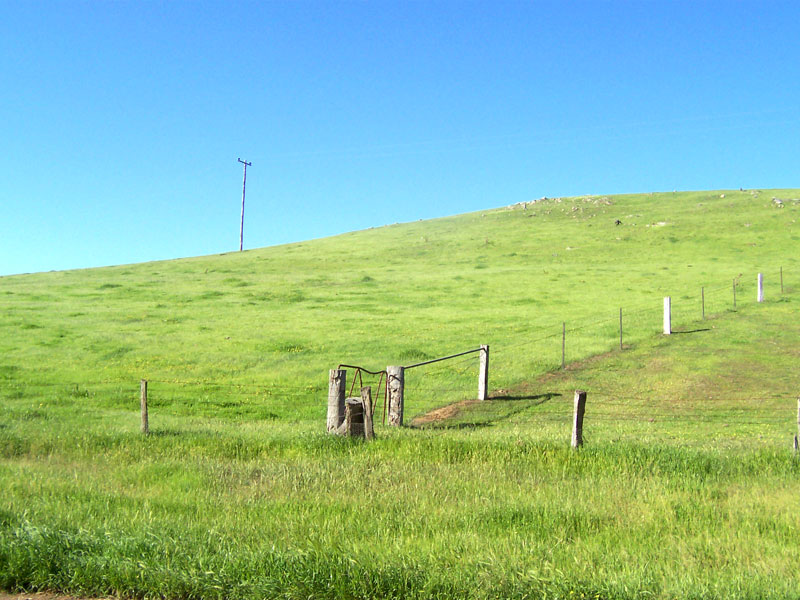 |
| Timber agricultural fence. (Photo taken in 1938) | 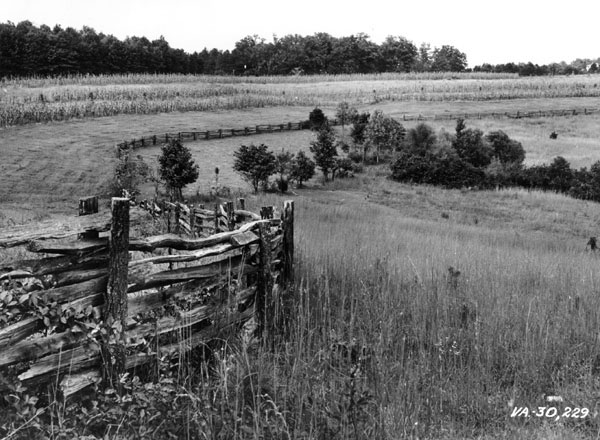 |
| Barbed wire. |  |